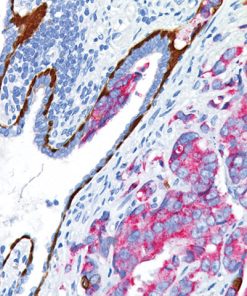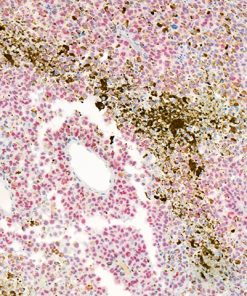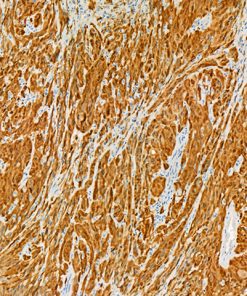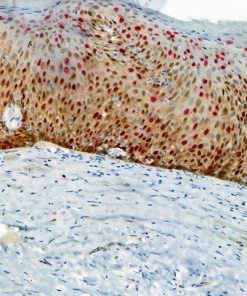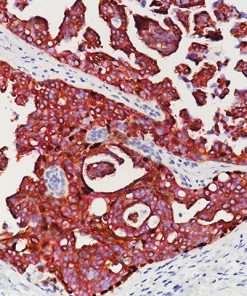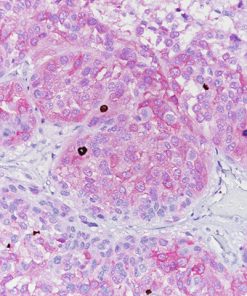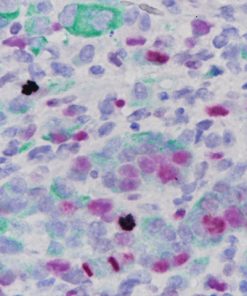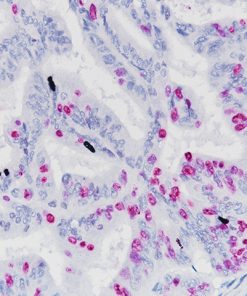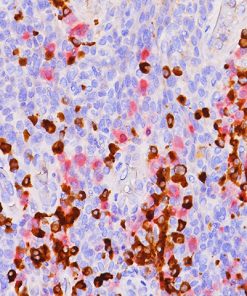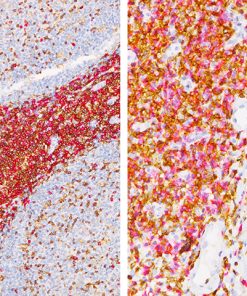Creating Sequential Chromogenic IHC Multiplexing Procedures...
Have you ever wondered how to create a Multiplex IHC antibody cocktail? In Biocare’s latest whitepaper series, we walk you through the types of Multiplex IHC tests available and how to create your own! Whether you are purchasing one of over 25+ ready-to-use multiplex antibodies or making your own, this white paper is a great place to start.
Chromogenic multiplexing procedures represent a set of techniques that permit the identification of two or more target antigens that can be microscopically differentiated by cellular location and/or color. Multiplexing has become increasingly popular as pathologists and other scientists have gained an appreciation for the significant clinical and technical benefits that such procedures provide.

Creating a sequential multiplexing procedure starts with identifying primary antibodies that are appropriately reactive with the desired target antigens, followed by acquisition of detection reagents that are capable of binding to (i.e. ‘species-specific’ for) the selected primaries. As a result of there being so many different species used to prepare immuno-staining reagents, it is essential that individuals who wish to develop a sequential multiplexing procedure have a substantial understanding of the compatibilities/incompatibilities of species-specific secondary antibodies (incorporated into detection reagents), enzymes and chromogens.
Free White Paper Download: Creating Sequential Chromogenic IHC Multiplexing Procedures...

